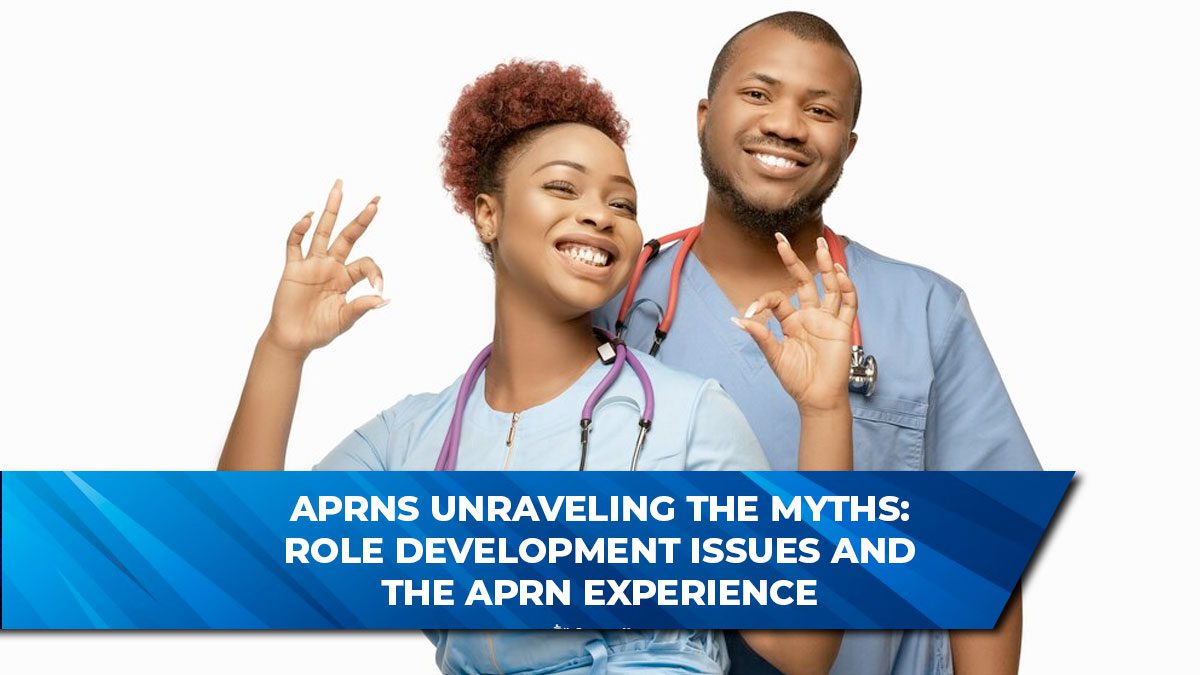Navigate Your New Role Like a Pro: Expert Tips and Strategies
Strategies to Facilitate Role Implementation
Structured Orientation Plan for Role Implementation
The transition into a new role, particularly in advanced practice nursing, requires careful planning and strategic implementation. One of the most effective strategies to facilitate role implementation is to follow a structured orientation plan. As highlighted by Barnes (2015) and Goldschmidt et al. (2011), this approach ensures that new practitioners are well-versed in the organizational structure, philosophy, and policies of the institution. This plan should include scheduled orientations, participation in residency or fellowship programs, and consistent engagement with organizational leaders.
During this phase, APRNs should also focus on networking within and outside the workplace, as emphasized by Hamric & Taylor (1989) and reinforced by the surveys conducted by Kleinpell-Nowell (1999, 2001). Building a robust network of peers and mentors can provide the support needed to navigate the complexities of a new role.
Strategies for Overcoming Frustration in Role Implementation
The frustration phase, as described by Hamric and Taylor (1989), is an inevitable part of the role implementation process. It is characterized by feelings of inadequacy and confusion as new practitioners adjust to their roles. To facilitate smoother transitions during this phase, it is crucial to have strategies in place that address these challenges directly.
One effective strategy is to schedule regular debriefing sessions with experienced APRNs who can provide insights and guidance. Engaging in positive self-talk and practicing well-being habits are also essential to maintaining mental and emotional health during this challenging period. Additionally, APRNs should plan for longer patient appointments initially, allowing them to build confidence and competence at a manageable pace.
Reassessing Demands and Expectations During Implementation
As new practitioners move from the frustration phase into the implementation phase, it becomes vital to reassess demands and expectations. This reassessment helps prevent burnout and ensures that the role is being executed effectively. Strategies such as scheduling a 6-month evaluation and collaborating with other specialties can be instrumental in this phase.
Repetition and consistent practice are key to developing competence and confidence, as noted by M. A. Brown and Olshansky (1997, 1998). APRNs should also seek administrative support by participating in meetings and maintaining visibility within clinical areas. This not only aids in role implementation but also helps in building a professional reputation within the organization.
Integration and Continuous Improvement in Role Implementation
The final phase of role implementation is integration, where APRNs fully realize their potential in their new roles. This phase, as described by Hamric and Taylor (1989), typically occurs after three years of practice and is marked by the continued refinement and expansion of the role.
To facilitate successful integration, APRNs should have a trusted colleague or mentor who can provide feedback and constructive criticism. This relationship is essential for ongoing professional development. Additionally, APRNs should aim to be appointed to key committees within the organization, which not only increases their visibility but also helps in further solidifying their role.
Networking and Peer Support: Essential Strategies for Role Implementation
Networking and peer support are critical strategies for facilitating role implementation. As noted by Kleinpell (2005) and Sullivan-Bentz et al. (2010), forming peer support groups and being accessible to colleagues can significantly enhance role effectiveness. These networks provide opportunities for collaboration, knowledge sharing, and emotional support, all of which are vital during the transition into a new role.
APRNs should be encouraged to join local, state, and national APRN groups. These groups offer a platform for legislative and political updates, networking, and professional development. Furthermore, the Internet offers numerous opportunities for networking, allowing APRNs to connect with peers and mentors across the globe.
Mentorship: A Key Strategy in Role Implementation
Mentorship is one of the most powerful strategies for facilitating role implementation. A mentor provides guidance, support, and insight, helping new practitioners navigate the complexities of their roles. As highlighted by Sullivan-Bentz et al. (2010) and Hayes (2005), selecting a mentor who is experienced and well-respected within the organization can make a significant difference in the success of a new APRN.
Mentorship not only aids in the transition into a new role but also helps in the ongoing development and refinement of professional skills. Regular meetings with a mentor can provide opportunities for feedback, advice, and professional growth.
Organizational Support and Communication
Effective role implementation requires strong organizational support and clear communication channels. As found in the Dillon et al. (2016) study, turnover rates among ACNPs were significantly influenced by the level of organizational support provided during the first year of practice. To mitigate this, organizations should ensure that new APRNs have access to the resources, training, and support they need to succeed in their roles.
Regular communication between APRNs and organizational leaders is also crucial. This communication helps in aligning expectations, setting realistic goals, and addressing any challenges that may arise during the role implementation process.
Time Management Strategies for Role Implementation
Time management is another critical aspect of successful role implementation. As suggested by Allen (2001), APRNs should develop effective time management strategies early in their careers to ensure they can meet the demands of their roles without becoming overwhelmed. This might include scheduling administrative time, learning time-saving techniques, and setting realistic expectations for patient appointments.
Effective time management not only enhances productivity but also contributes to a more balanced and fulfilling professional life. APRNs who can manage their time effectively are better equipped to handle the complexities of their roles and provide high-quality patient care.
Evaluation and Feedback in Role Implementation
Regular evaluation and feedback are essential components of successful role implementation. Scheduling formal evaluations at key intervals, such as six months and one year, allows APRNs to receive feedback on their performance and make necessary adjustments. These evaluations provide an opportunity for self-reflection, goal-setting, and professional development.
Feedback from colleagues and supervisors is invaluable in the role implementation process. It helps APRNs identify areas of strength and areas that may need improvement, ensuring that they continue to grow and develop in their roles.
Continuous Learning and Professional Development
Finally, continuous learning and professional development are key strategies for facilitating role implementation. The healthcare field is constantly evolving, and APRNs must stay current with the latest developments, best practices, and technological advancements. Engaging in ongoing education, attending workshops, and participating in professional development programs are all essential for maintaining competency and effectiveness in the role.
APRN roles are dynamic, and continuous learning ensures that practitioners remain adaptable and capable of meeting the changing demands of their profession. By prioritizing professional development, APRNs can continue to refine their skills, expand their knowledge base, and enhance their contributions to patient care and the healthcare system as a whole.
FAQ
Q: What is the most important strategy for successful role implementation? A: Following a structured orientation plan is crucial for successful role implementation. It ensures that new practitioners are well-prepared to meet the demands of their roles.
Q: How can I manage the frustration phase during role implementation? A: Engaging in regular debriefing sessions with experienced APRNs, practicing positive self-talk, and setting realistic expectations can help manage frustration during this phase.
Q: What role does mentorship play in role implementation? A: Mentorship provides guidance, support, and insight, helping new practitioners navigate the complexities of their roles and develop their professional skills.
Q: Why is networking important for role implementation? A: Networking provides opportunities for collaboration, knowledge sharing, and emotional support, all of which are essential for effective role implementation.
Q: How can time management strategies enhance role implementation? A: Effective time management strategies help APRNs meet the demands of their roles without becoming overwhelmed, leading to a more balanced and fulfilling professional life.










